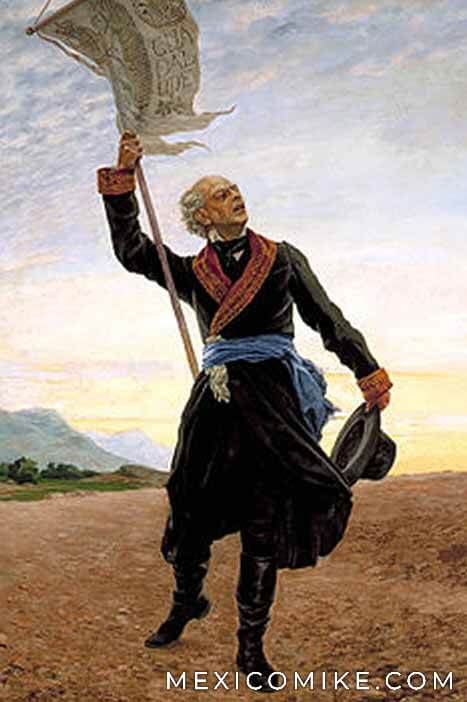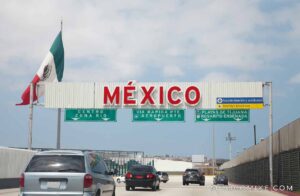The Mexican War of Independence is a historic conflict between Mexico and Spain that lasted more than ten years. It ultimately resulted in a victory for the people of Mexico. Spain began colonizing Mexico in 1519 when the Conquistador Hernando Cortes defeated the Aztecs, opening the door to the settlement of what was then termed New Spain. After centuries of brutal treatment of the indigenous people and a strict hierarchy that left many New World-born people of Spanish descent without full rights, the people of Mexico entered an armed conflict that began with Miguel Hidalgo’s famous Grito de Dolores, a call to revolt against Spanish oppression and unjust policies.

The Path to War
The priest Miguel Hidalgo issued his famed “Cry” for independence on September 16, 1810, in the town of Dolores in the Mexican state of Guanajuato. This day is celebrated today as Mexican Independence Day. While Hidalgo successfully led an early army of farmers, he was ultimately captured and executed. However, his actions ignited the people of Mexico and inspired subsequent people to support his cause; many of these leaders would become heroes as the war with Spain ensued. While Hidalgo’s force was the most serious of this initial stage of the war, there were other uprisings and there had been indigenous rebellions in certain sections of Mexico like the north almost consistently since the Spanish set foot on the land. Napoleon’s occupation of Spain, however, merely ignited more serious threats to European rule in the New World. In any case, Hidalgo is revered today as the Father of Mexican Independence and historians credit his Grito de Dolores as the start of the war.

From 1815 to 1819
Historians note that much of the conflict was carried out by armed rebels fighting against Spanish Royalists. These guerilla bands were immensely successful, particularly in rugged terrain that they knew better than Spanish forces. Many people of Mexico, mostly of Spanish descent or conservatives, made up the Royalist forces that stood loyal to Spain. Royalists feared reprisals from indigenous people or Mestizos for centuries of subjugation. Some of the most notable heroes of the revolutionary forces included Jose Marie Morelos, Mariano Matamoros, and Vicente Guerrero. At times, there were significant and bloody battles, but even as late in the conflict as 1819, there still was not a clear contender poised to clinch victory.
The Final Years of Conflict and Victory
Instead, independence was slowly negotiated in the last few years of the war and mainly by Royalists who worked with Spain to create an independent Mexico. Under their terms, an independent monarchy would govern Mexico; people of Spanish descent would have the same rights as those born in Spain while Mestizos and indigenous people would continue with fewer rights than Spanish people. Moreover, the Catholic Church was also slotted to retain its rights and privileges within the newly created nation. While all citizens of the country would be called Mexicans, there would remain a hierarchy in place that left the Spanish in clear control of the Mexico that emerged from this war. This plan was achieved in 1821 at the signing of the Treaty of Cordoba.
Aftermath
Many scholars would argue that the repercussions of the Mexican War of Independence would last until the Mexican Revolution. However, the immediate consequence of the newly placed Bourbon Emperor of Mexico in 1822 was an overthrow of the monarchy in 1823 by leaders Santa Anna and Guadalupe Victoria. When the monarchy was ousted, Mexico was transformed into a Republic with Guadalupe Victoria as its president. It is also important to note that the country faced considerable economic hardship during the years of conflict with Spain, so the early years of the republic were partly directed at achieving political stability but also improving Mexico’s economic state—a struggle that would go on for decades.





